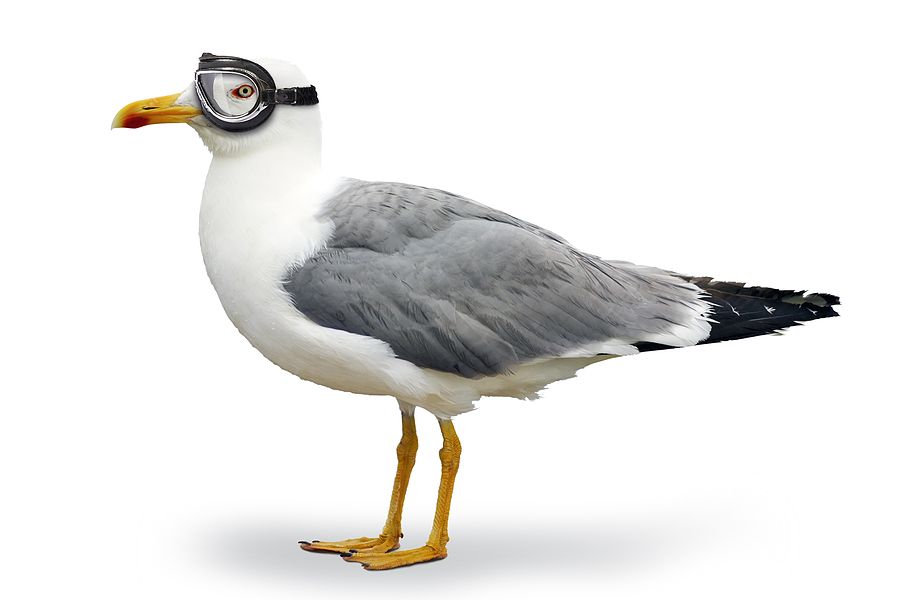Blog #234
I once heard the definition of a ‘seagull manager’ as, “Someone who occasionally swoops in on your meeting, hovers, craps all over everything then flies away”. I realize this is a bit crude, but I believe it to be fairly accurate for some folks.
When I use this example in session, people often laugh and look at the organization’s owner or major influencers. There is often agreement that these types of managers exist, but rarely does anyone ask the important question, “Why is this person acting this way?” I think this is one of those major questions that, once addressed, can really impact the direction of the organization.
It has been my experience that seagull managers exist for one of two reasons:
- Old habits die hard
- There is a low level of trust and/or communication
The first reason typically happens when the owners/founders, who have built the organization from scratch, want to step away from the day-to-day happenings. In other words, they are in limbo and not letting their team drive the process. Some owners have built organizations with this “ready-fire-aim” approach and have had success because they were strong, extremely engaged leaders who drove their ideas all the way through. Often, though, companies hit a ceiling – and the leader cannot continue driving their ideas as they have in the past or due to the organization’s lack of employee bandwidth. The culture has been set so that people shift all the resources to drive what the seagull manager wants. Interestingly, these hovering managers swoop in occasionally, so they are not getting the entire picture. They don’t know any differently. They believe things have always been done this way. They are forgetting one key thing: for this approach to be truly successful, they must be the key driver to success. When they swoop in, the seagull manager is only seeing a glimpse of the organization…and the culture is to react.
This sort of approach can be extremely demoralizing for teams – and frustrating for the seagull. The team needs to become proactive and capitalize on the genius that the seagull has to offer, but do so in manner that aligns with the team’s objectives. The team lead can assist the seagull manager with understanding their actions and how they positively or negatively impact the team.
When I coach an individual who is behaving like a seagull manager, I ask them to approach meetings with a spirit of curiosity and to listen twice as much as they speak. My goal is to help them transition to being a mentor to then being able to coach their teams in finding solutions. The first step in this problem-solving journey is being able to understand, well, the problem.
The second reason seagull management doesn’t work is that it perpetuates a low level of trust and hinders effective communication, an issue that is a bit harder to address. This scenario happens more when a seagull manager feels nervous and is in a reactionary mode. Perhaps something has not gone well and there is a perceived problem. The seagull manager may have their own head trash about some negative experience that happened in the past and, as result, they react, swoop in, and change up things – totally making a mess. Often, this is because the senior leaders are not managing up, controlling the conversations, and communicating the process and outcomes. This change can only happen when senior managers become proactive.
I believe that when the senior leader drives the vision, people, and processes, the seagull manager can begin trusting more and will step away. This is not to say that the senior leader operates in a vacuum; rather, the senior leader drives the vision and outcome in alignment with that of the seagull manager. Trust is built upon communication. When workers know the organization’s direction, they feel empowered to be their best, ultimately driving the company’s overall success.
If you have a seagull manager in your organization, take a step back and try to identify why they are the way they are – the first step to addressing the “swooping in” issue. Once you understand their motivations, you can begin addressing their concerns, maximizing their gifts, and driving success.
Does your organization have a hovering seagull manager? Are you interested in learning ways to manage their swooping in? We can help with that! Reach out to us today to find out how.
Keep Smiling,
Kris






